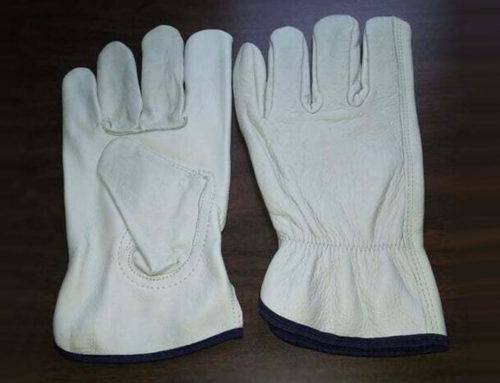While there are many grazing systems, there are fundamental questions related to pasture management that are common to all of them:
1. How does residue height of vegetative grass influence pasture growth?
2. How does mob-stocking of mature grass influence pasture growth?
3. What is the effect of early grazing in the spring when grass is still short?
4. What is the effect of grazing short, drought-stressed grass?
5. What is the effect of grazing grass that is still growing late in the fall?

Pasture research plots at the U.S. Dairy Forage Research Center were used to study the effect of residue height and timing of grazing with four different kinds of grass grazed under five different management systems.
These questions are often asked by graziers, but there had been very little previous research to help answer them, especially for grasses grown in the temperate Midwest and Northeast. So our agronomist designed two trials to determine how meadow fescue, orchardgrass, quackgrass, and reed canarygrass respond to different grazing management systems. The research was conducted on 8 acres of intensively managed pasture at the US Dairy Forage Research Center farm near Prairie du Sac, Wisconsin. Here’s what we learned:
How Does Residue Height of Vegetative Grass Influence Pasture Growth?
We started with 12-inch high orchardgrass and managed the cattle to graze to three different heights: 6, 3 and 1.5 inches. The amount of grass consumed per rotation (avg. rotation yield) increased as the residue height decreased. But it took longer for short-residue grass to grow back and consequently it could not be grazed as often in the season. Grass grazed at the medium height of 3 inches had the greatest annual yield. The one advantage of leaving a longer residue (6 inches) was that regrowth was quicker the subsequent spring.

A quick look at grass physiology helps to explain why. In order to regrow and make the necessary leaves, the plant uses two sources of energy: existing leaves, which make new carbohydrates via photosynthesis; and stored carbohydrates. When adequate residual is left after grazing, photosynthesis in the remaining leaves produces most of the carbohydrates for new leaves. When there is inadequate residual left after grazing, the plant must move stored carbohydrates up from the stem to produce new leaves. Plants would prefer to grow new leaves by producing carbohydrates with old leaves than by moving stored carbohydrates.
In the study, the grass grazed to a 3-inch residual had the highest annual yield. An analysis shows that this height was the most economical, too. Table 2 shows that the per-acre value of the grass grazed to 3 inches is 8 percent greater than the grass grazed to 1.5 inches and 20 percent greater than the grass grazed to only 6 inches. The same is true for the value of the milk produced from that grass.

To summarize, when the grass is grazed to a short height, it may increase the yield at each grazing, but it also: increases the time needed for the pasture to recover, particularly during stress periods; increases feeding costs and decreases tiller density in the fall and vigor in the following spring.
Read more: https://onpasture.com/2019/08/19/how-short-and-how-often-should-you-graze-your-grass/

